Global Lens Reflections on life, the universe, and everything
Haiti: reconstruction in a time of cholera
In an overwhelmingly tragic landscape, the eye is naturally drawn to any spot of hope. That’s what visiting Haiti was like last week. It’s as if the big picture has been desaturated, all the color removed, and what remains is a stark portrayal in black and white of a population that remains incredibly vulnerable. Yet just as with black and white images where color has been selectively applied, thus inexorably drawing the eye to certain areas, the monochrome panorama of destruction in post-quake Haiti is interrupted here and there by outbreaks of resiliency that allow for moments of scarce hope. It’s sometimes as simple, and as widespread, as mothers – who live with their families in what we generously call “tents” – getting their children ready for school in the morning. Here’s Mariolette Souffrant helping her son Lucien get dressed for school in front of their dwelling in a tent city in the Mais Gate neighborhood of Port-au-Prince.
And then children go to school in their clean uniforms and line up to sing the national anthem as Haiti’s flag is raised. In this image, Father Jean-Chenier Dumais, a Russian Orthodox priest in Port-au-Prince, stands with children of the Notre Dame de Petits school while they sing at the beginning of a school day. The school's building collapsed in the January 2010 earthquake, and classes are currently conducted in the large tents in the background.
New temporary classrooms are being erected all over the place, giving children a semi-permanent place to study. Here’s one such large school tent going up in the remote village of Embouchure, where the Episcopal Church-sponsored school was severely damaged in the quake.
Here are some men in the village starting the demolition of the old school, where with help from International Orthodox Christian Charities, a member of the ACT Alliance, they will build a new school.
There are, of course, so many reasons to worry about Haiti’s present and future. The recovery process is not going well, bedeviled by the legacy of corruption, exploitation and neocolonialism that made Haiti a poster child for vulnerability before the January 12 quake. These have been documented well of late; see my friend Barbara Fraser’s piece for CNS yesterday, or this grim Reuters report. And here’s an analysis by the International Crisis Group of what the November elections can mean in post-quake Haiti. It’s easy to conceive of the tent cities becoming permanent settlements as the squabble goes on about where to relocate or how to rebuild.
Having moved from the rainy Northwest of the U.S. to Central America decades ago, I grew to love the sound and smell of the intense rain showers of the tropics. It’s the rainy season in Haiti today, yet when it rains like that in Port-au-Prince there are hundreds of thousands of people who have to remain standing as the water goes gushing downhill underneath their tents. Only when the rain stops can the lay a piece of plastic down on the ground to rest and sleep.
The cholera epidemic that began north of the capital in recent days underscores the danger that such rain can turn normal sanitation challenges into a deadly outbreak of disease. Yet even sanitation challenges evoke creative responses, such as a biodigester pilot project funded by International Orthodox Christian Charities and built by VivaRio in four schools in BelAir. These will take human waste from the schools’ latrines and turn it into cooking gas. Solves a variety of problems from getting rid of open sewers to slowing deforestation caused by peasants chopping down trees to turn them into charcoal for cooking stoves in the city. And in the mountains, where a few trees still exist, projects funded by IOCC and other ACT Alliance members are helping rural residents preserve and even expand the extant forest in Haiti.
And so it goes. Haiti is going to test our resolve seriously in the coming months and years. There is no quick fix. Too often in the global north, conditioned by watching television where it somehow all gets resolved in an hour, our response to such a web of complexity and pain is to get frustrated and give up. But I remain convinced that despair is a privilege of class. So as long as Haitian mothers keep getting up and getting their kids ready for school in the middle of a muddy tent, then we can also stay doggedly focused on meeting the complex challenges of helping them.

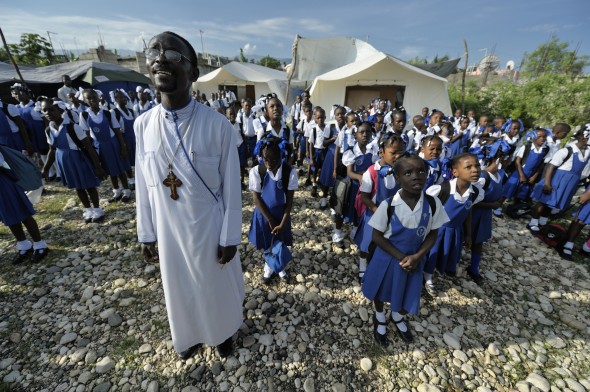
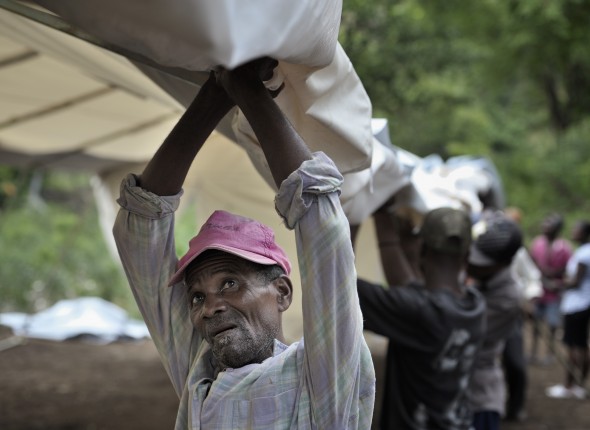

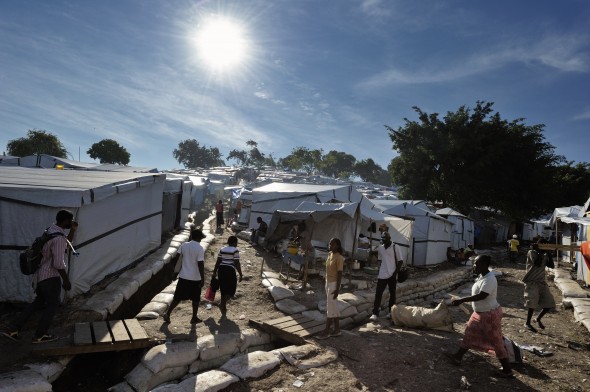

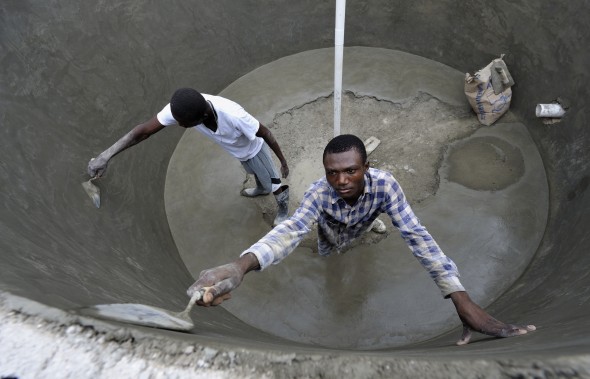

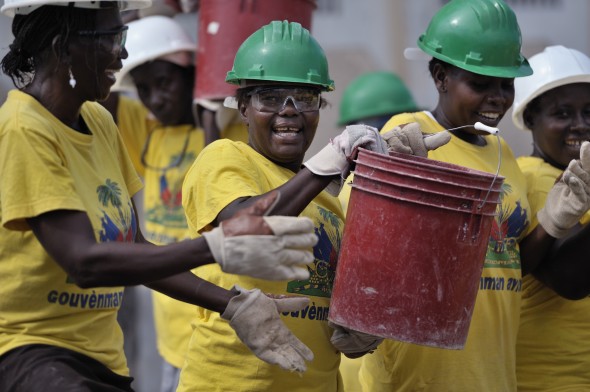
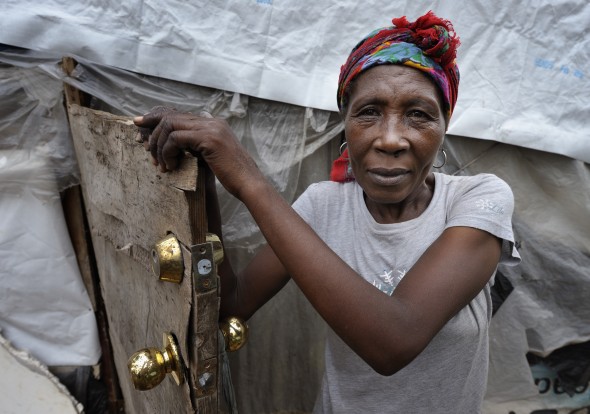
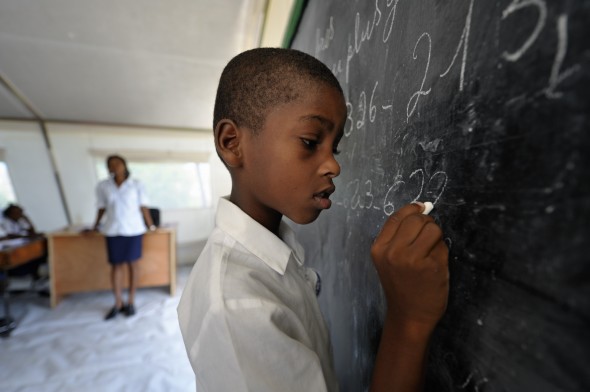
One Response to Haiti: reconstruction in a time of cholera